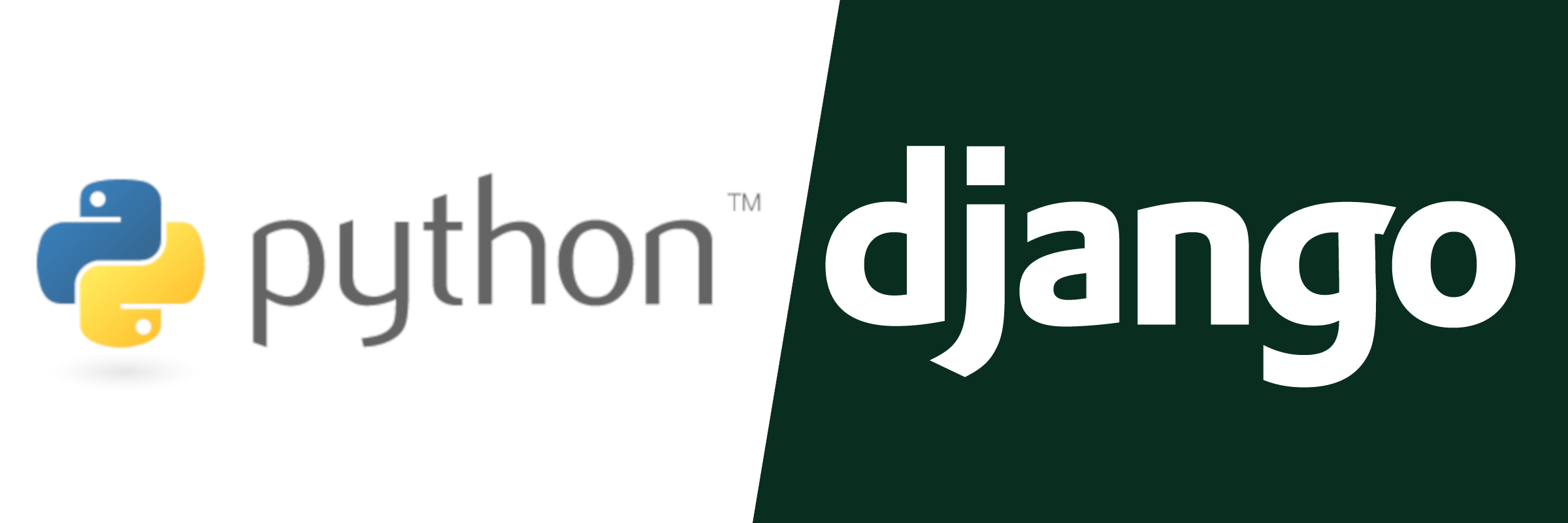Notes
In this episode, I worked on a method of adding static content to a site that didn’t involve the staticfiles directory, a separate domain, or a reverse proxy like Nginx. We had to get clever with Heroku buildpacks and how to configure WhiteNoise.
I want to put a blog on my side project for content marketing purposes.
I want the blog to be statically generated and have content come from Markdown (just like these show notes that you’re currently reading).
My preference is to put the blog
on a path
like mysite.com/blog/ instead
of using a subdomain
like blog.mysite.com.
I could do this easily
if the blog lived at /static/blog/
by working
within Django’s staticfiles system,
but those URLs look gross.
I could also do this with a reverse proxy like Nginx, but that complicates my Heroku deployment setup.
Instead of picking any of those strategies, I wanted to find a way to make WhiteNoise, the package that serves static files in my Django app, serve the blog.
To get started, I added a Heroku buildpack that would run Hugo to generate the blog output. This took a while to get right because I had to create a Hugo project in a way that didn’t pollute the root of my project with a bunch of Hugo directories.
Once I was successful with Hugo, we moved on to the WhiteNoise setup. I created a custom subclass of the WhiteNoise middleware so that I could add the blog output to the set that WhiteNoise would serve.
We got the middleware set up and I proved that the app could serve the blog. To finish off the stream, I did some validation of the cache headers to see the behavior of the blog files and how WhiteNoise would cache the files.
